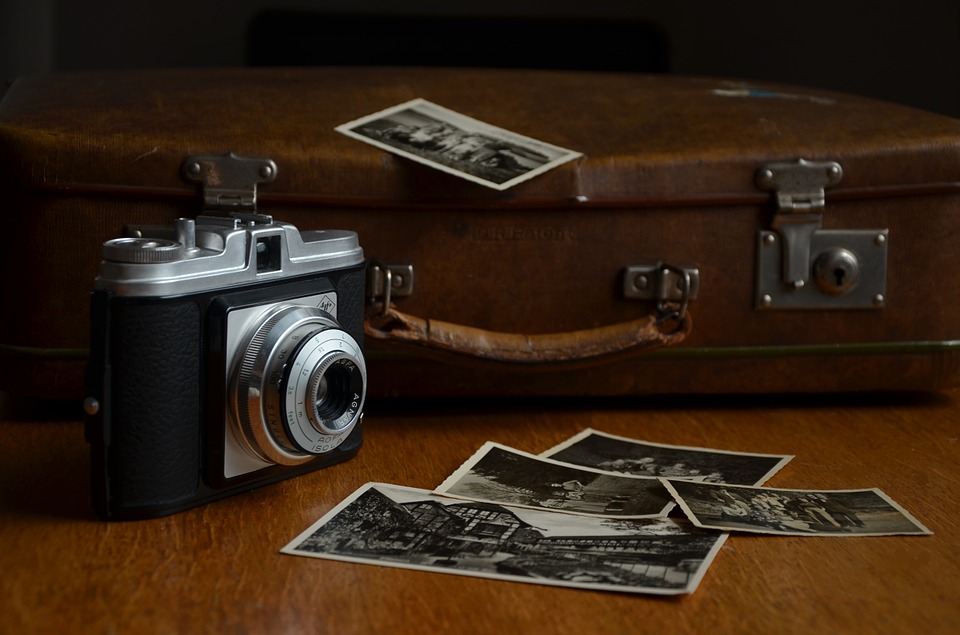
Everyone loves photographs--they capture moments in our history and preserve memories of the happiest times in our lives. Weddings, graduations, birthdays, vacations--all of these milestones and memorable events are immortalized by photographs.
In the digital age, photograph storage has become much easier. Preserving memories is as simple as saving them onto a disk or hard drive. They can be printed and re-printed whenever you please, with the original file safely stored electronically. But what about your older, printed photos? Classic photographs developed using negatives are highly susceptible to damage under the wrong conditions and must be stored the proper way to retain their quality and prevent deterioration. If you plan on placing your collection of printed photos in a storage unit during or after your move, follow these tips to ensure that they remain in optimal condition.
What causes deterioration?
There are a variety of factors that contribute to the decay of photographs. Extreme temperatures, humidity, and prolonged exposure to light can cause photos to crack, fade or peel. Excessive dampness will cause photos to stick together, grow mold, and encourage insect infestation. Cyclic temperature conditions (dramatic fluctuations from high to low temperatures and humidity) are also damaging. Dust, dirt and oils from your hands when handling photos improperly can contribute to deterioration as well.
How to protect your photos
Use climate-controlled storage. The best option for preventing damage to your photos is keeping them in a climate-controlled storage unit. The optimal conditions for storing photos are in moderate temperatures (between 65 to 70 degrees Fahrenheit) and around 50 percent humidity. Although climate-controlled storage costs a little more, if you have a large collection of treasured photographs, it is a worthy investment to preserve these irreplaceable items.
Don't mix the bad with the good. If you have photographs that are beginning to rot, be sure not to store them with photos that are still in good condition. A photo that is starting to decay may emit a vinegar-like odor. Keep these photos in their own box so that they don't compromise the integrity of your other photos. All it takes is one bad photo to spoil the quality of the rest.
Keep your photos separated. When storing your photographs, you should never let them come in direct contact with one another. They can stick together and ruin the image without a barrier in between their surfaces. If your photos are not stored in albums, keep a sheet of acid-free paper between each one in the box. The same rule applies to your negatives as well.
Use the proper materials. When storing photographs, make sure you are using only acid-free materials. Storage boxes of archival quality can be purchased at photography and craft stores and will protect your photos from light, dust, dirt and pests.
If you will be keeping your photographs in photo albums for storage, they should also have acid-free pages. Stay away from albums with polyvinyl pages or black paper albums. Polyvinyl pages have a clear magnetic film that holds your photo to a stiff paper backing, but the adhesives used in these kinds of albums can be very damaging to your photos. Black paper album pages contain dyes that are harmful to photos. Albums made from acid-free paper and PVC-free plastic are optimum for protecting your photographs from fading, yellowing, and deteriorating. You can purchase these at most craft stores, photography and drug stores.
Avoid storing your photos in plastic zipper storage bags or envelopes--only use products designed for photo storage to preserve the quality of your pictures. You should also never use glues or tape to mend photos or hold them in albums. The acids and sulfur in these adhesives will contribute to the deterioration of your photos.
Don't write on the backs of your photos. You may want to document the event captured in your photo by writing on the backside, but the acids in the ink can eat away at your photograph. Regular ball-point or felt tip pens do not contain ink that is safe for use on photos. You can purchase pens containing acid-free ink for writing on photos, or opt to use a soft lead pencil instead.
Check regularly for pests. Routinely check your storage unit for the infestation of insects or rodents that could feast on your prized photos. You may want to ask the manager of your storage facility how often they are sprayed for pests before you decide to rent at the location. Regularly dust and clean your storage unit as well to help prevent pest problems. If you are using the proper storage boxes or albums for your photos, they will significantly protect your pictures against damage from vermin.